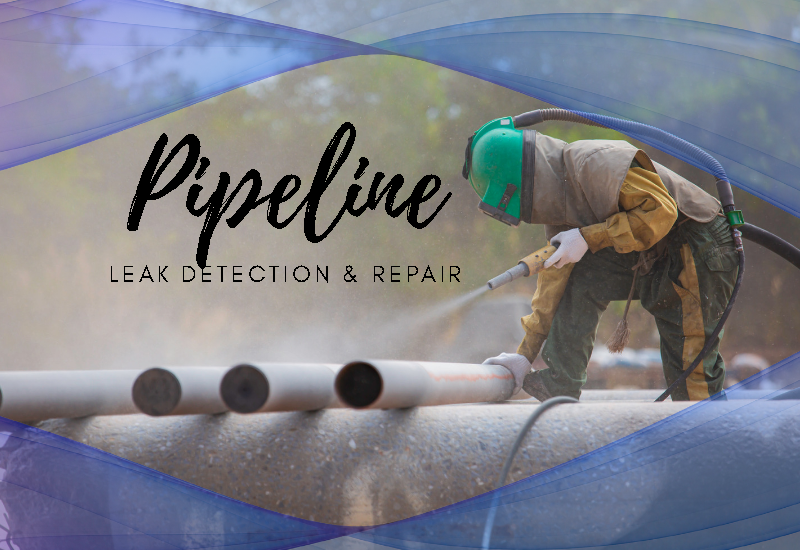The oil and gas business is one of the most important in the world, supplying a crucial source of energy to billions of people worldwide. As a result, it is critical to guarantee that these systems’ safety and security are appropriately maintained. This is why leak detection and repair in the oil and gas industry are so critical.
Leak detection is a crucial aspect of keeping the oil and gas sector safe and secure. Leaks can occur in pipelines, tanks, and other storage and transportation sites for oil and gas. These leaks, if not found and treated promptly, can result in costly repairs and environmental harm.
Leak detection systems are designed to detect even the smallest leaks and notify operators so that they can take appropriate action as soon as possible. These systems often employ specialized sensors capable of detecting minute variations in pressure, temperature, or other parameters. When a leak is discovered, the operator can take action to rectify it and prevent future harm.

The next step is to repair the leak. Different repair procedures may be utilized depending on the magnitude and location of the leak. Welding, repairing, or replacing a portion of pipe may be required for repairs. In some circumstances, a completely new pipe may be required to replace a broken one.
Leak detection and repair are critical components of the oil and gas industry’s safety and security. Leak detection and repair can help to reduce the risk of costly repairs and environmental damage by ensuring that these systems are routinely checked. This is why it is critical to have the proper processes in place and to ensure that they are constantly maintained and tested.
Here are some examples of control systems in use:
- Pressure Monitoring System: Pressure monitoring systems assess the pressure inside a pipeline in order to identify fluctuations that may indicate a leak.
- Thermal Imaging System: Thermal imaging systems employ infrared cameras to detect temperature variations that could signal a leak.
- Ultrasonic Testing System: Ultrasonic testing systems identify leaks in pipelines by using sound waves.
- Groundwater Monitoring System: Groundwater monitoring systems detect impurities in groundwater that could indicate a leak.
- Visual Inspection System: Cameras are used in visual inspection systems to inspect pipelines for signs of corrosion or deterioration that could indicate a leak.
Leaks can cause costly repairs and environmental damage, so it’s important to detect and repair them quickly and efficiently. This is why the industry relies on systems such as pressure monitoring, thermal imaging, ultrasonic testing, and visual inspection systems to detect leaks and quickly repair them. By using these systems regularly, the industry can ensure that their pipelines are safe and secure, minimizing the risk of costly repairs and environmental damage.

